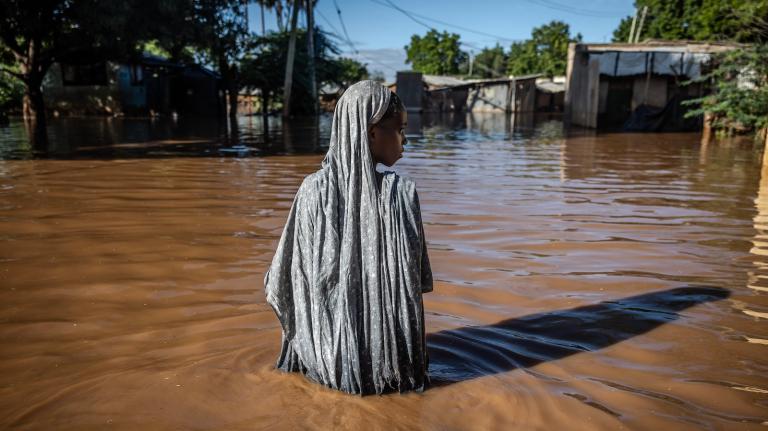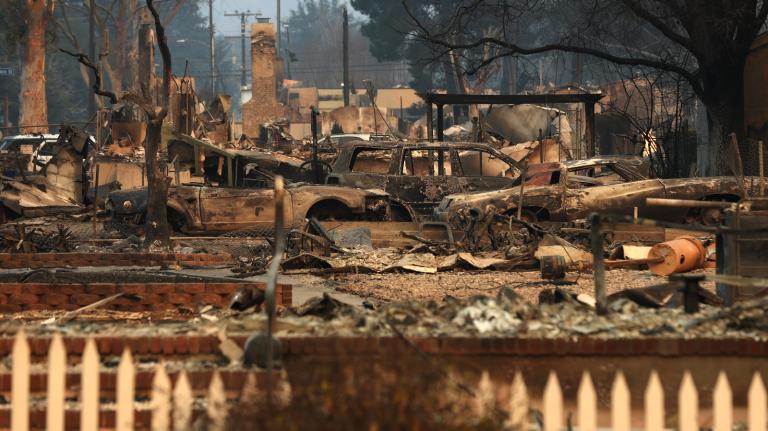This post is by ClimateProgress guest blogger Kari Manlove, fellows assistant at the Center for American Progress.
—–
If you’re interested in the media’s version of Green Jobs 101, a good place to start is Wednesday’s New York Times article, “Millions of Jobs of a Different Collar.” But it’s not a perfect start, because the article fails to demonstrate an understanding of the scale of this movement, and the author could have taken heed to one of his co-worker’s pieces on green education and job-training.
Here’s how the article describes green jobs (emphasis added):
Presidential candidates talk about the promise of “green collar” jobs — an economy with millions of workers installing solar panels, weatherizing homes, brewing biofuels, building hybrid cars and erecting giant wind turbines. Labor unions view these new jobs as replacements for positions lost to overseas manufacturing and outsourcing. Urban groups view training in green jobs as a route out of poverty. And environmentalists say they are crucial to combating climate change.
For those reasons, the issue of green jobs is something the Center for American Progress has given a lot of attention. This is the creation of a workforce to power a low-carbon economy.
However, in the same places the article shows skepticism of green jobs, the article reveals that it does not entirely understand or convey the concept of a green workforce for a green economy.
Two cases in point. The author writes, “Welders at a wind-turbine factory are viewed as having green jobs, but what about the factory’s accountant or its janitors?” And later he quotes Myron Ebell of the Competitive Enterprise Institute: “There will undoubtedly be a lot of jobs created in industries that are considered green or fashionable. Some will last a long time, and some will go like the dot-coms.”
What you have to understand about green jobs is that they’re part of something much, much larger, and that’s the transition to the low-carbon economy. Another person quoted in the piece is Lois Quam, who commented, “When I first started looking at this area, many people commented on how this will be as big as the internet. But this is so much bigger than the internet. The only comparable example we can find is the Industrial Revolution. It will affect every business and every industry.”
She has a much better grasp of the notion. The earlier two are so focused on details that they’re missing the larger picture. Mr. Ebell is right, dot-com jobs disappeared, but the internet (the essence) revolutionized. The same is true here: some green jobs may fall as fads, but so many of our fundamentals about the economy will have to change that the argument holds its own. (The same applies to the relevance of the janitor at the turbine factory.)
A perfect example of how such a dramatic yet subtle shift occurs also ran in today’s New York Times, in a piece titled “Majoring in Renewable Energy”:
As business and industry are taking more interest in renewable energy, academia is not far behind. Anticipating increased demand for new technical and design skills, colleges and universities across the nation are offering degree programs in the field.
The Oregon Institute of Technology has developed the country’s first four-year undergraduate degree program in renewable-energy systems. This year the program is training 50 students and will graduate its first class.
The institute’s degree requires basic knowledge in engineering, electrical circuits, motors and generators, thermodynamics, heat transfer, and the language of computers. Then come specialized courses in photovoltaics (solar energy research and technology), wind, biomass (the recycling of biological material), hydropower, and geothermal energy development.
Robert Bass, 33, the assistant professor who directs the program, said his students would be applying their new bachelor of science degrees in a range of design, engineering, installation, auditing and programming careers in the region’s expanding green-power sector. (emphasis added)
And the article continues. It is literally an entire article about educational institutions adjusting their programs to meet the demands of a greening economy and, thus, green jobs.
This is the evidence — this is the transition happening, and green jobs are one of the many ways our country will benefit.
This post was created for ClimateProgress.org, a project of the Center for American Progress Action Fund.

